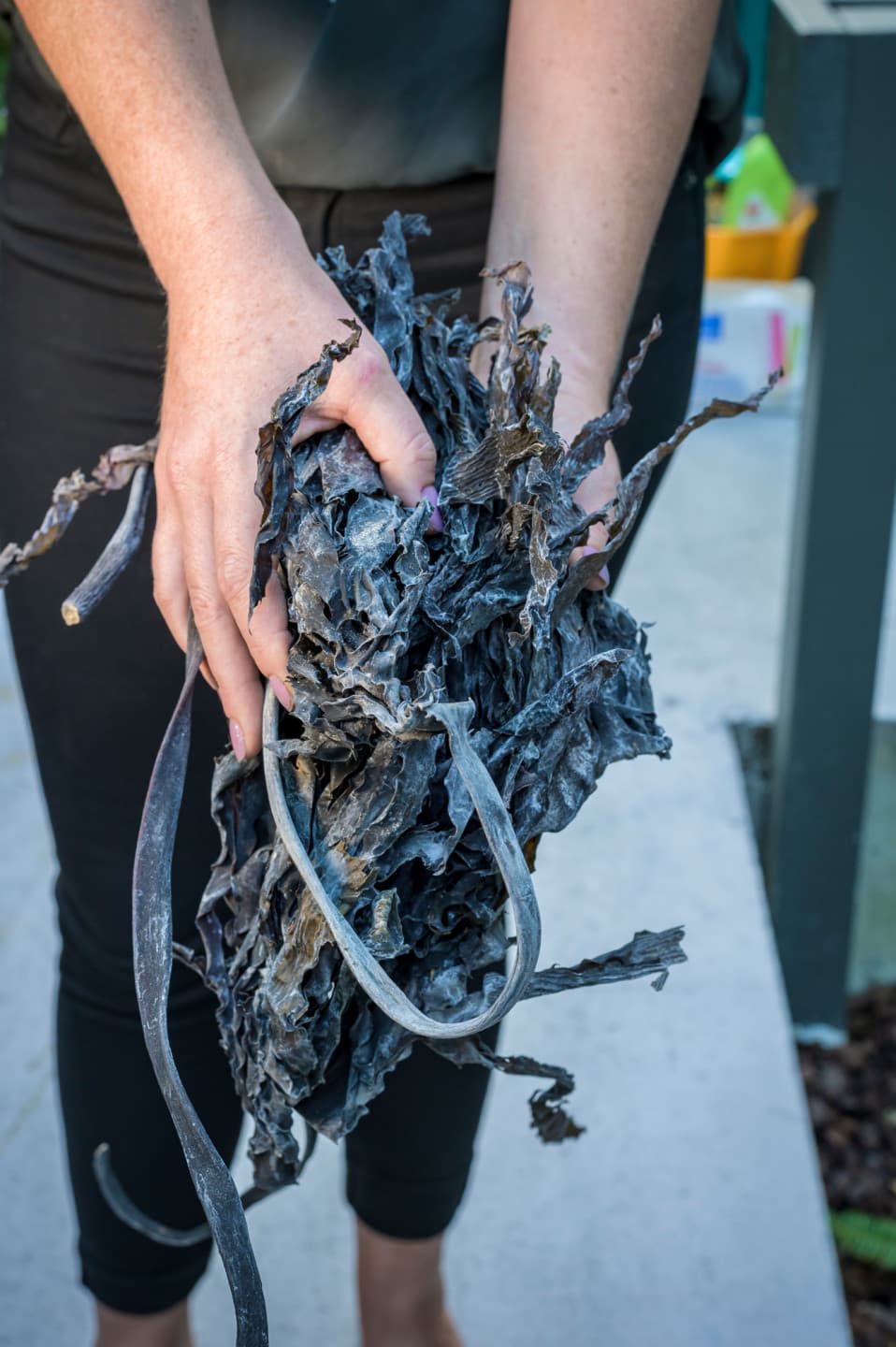Related projects & activities
Credit: Leigh Tait/NIWA
This project has produced or contributed to

This report assesses current demand, supply and regulation, and opportunities for (and barriers to) growth of the rimurimu/seaweed sector in Aotearoa New Zealand. Bradly N, Syddall V, Ingram C, Clarkson R, Elliot A, Major R, Adams S (August 2021)
About the global seaweed sector
About Aotearoa New Zealand's seaweed sector
Possible actions to develop a sustainable, high value seaweed sector: